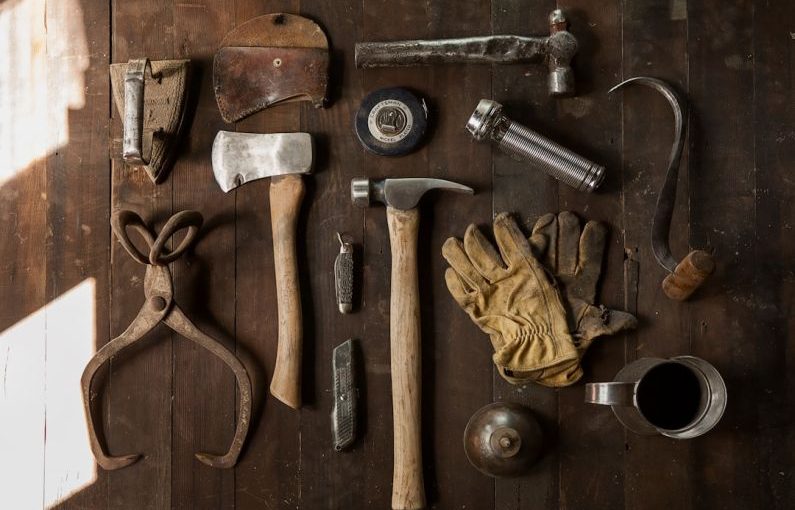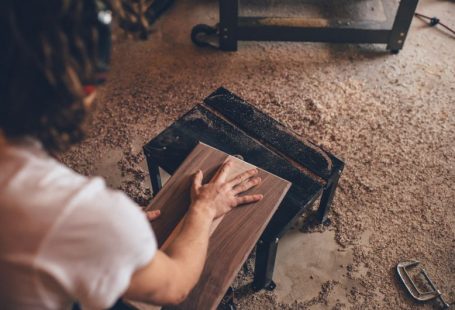Carving is an ancient art form that requires precision, skill, and patience. Whether you are a professional woodworker or a hobbyist, using the right tools and safety equipment is essential to ensure a successful and enjoyable carving experience. One important tool that is often overlooked but crucial for both protection and precision is carving gloves.
The Importance of Protection
Carving can be a dangerous activity, especially when working with sharp tools such as chisels and knives. Accidents can happen in a split second, leading to cuts, nicks, and even more serious injuries. This is where carving gloves come in handy. These specialized gloves are designed to provide protection for your hands while allowing you to maintain dexterity and control over your tools.
Carving gloves are typically made from cut-resistant materials such as Kevlar or high-performance polyethylene fibers. These materials are designed to resist cuts and punctures, providing a barrier between your hands and sharp objects. In addition to protecting you from cuts, carving gloves also offer some degree of impact protection, which can be helpful when working with mallets or other striking tools.
Enhancing Precision
While protection is a key benefit of carving gloves, they also play a crucial role in enhancing precision during the carving process. The snug fit and tactile nature of carving gloves allow you to have a better grip on your tools, increasing control and accuracy in your cuts. This is particularly important when working on intricate or detailed projects that require a steady hand and precise movements.
Carving gloves can also help reduce hand fatigue during long carving sessions. The padding and ergonomic design of these gloves provide support and cushioning for your hands, allowing you to carve for extended periods without discomfort. This can result in smoother, more consistent cuts and overall better quality work.
Choosing the Right Carving Gloves
When selecting carving gloves, there are a few key factors to consider to ensure you get the best protection and precision possible. Look for gloves that are specifically designed for carving and woodworking, as they will have the necessary features such as cut resistance, grip-enhancing materials, and comfortable fit.
It is important to choose gloves that fit snugly but still allow for a full range of motion. Gloves that are too loose can interfere with your dexterity and control, while gloves that are too tight can be uncomfortable and restrict blood flow. Try on different sizes and styles to find the perfect fit for your hands.
Another factor to consider is the level of cut resistance offered by the gloves. Different gloves are rated for varying levels of protection, so choose gloves that are appropriate for the type of carving work you will be doing. For example, if you are working with very sharp tools or hard woods, you may want to opt for gloves with a higher cut resistance rating.
Conclusion: Carve Safely and Precisely with Carving Gloves
In conclusion, carving gloves are an essential tool for both protection and precision in the art of carving. By providing a barrier against cuts and punctures, as well as enhancing grip and control, carving gloves can help you carve safely and accurately. When choosing carving gloves, look for a pair that offers the right balance of protection, comfort, and fit to ensure a successful carving experience. So, suit up with your carving gloves and unleash your creativity with confidence!





